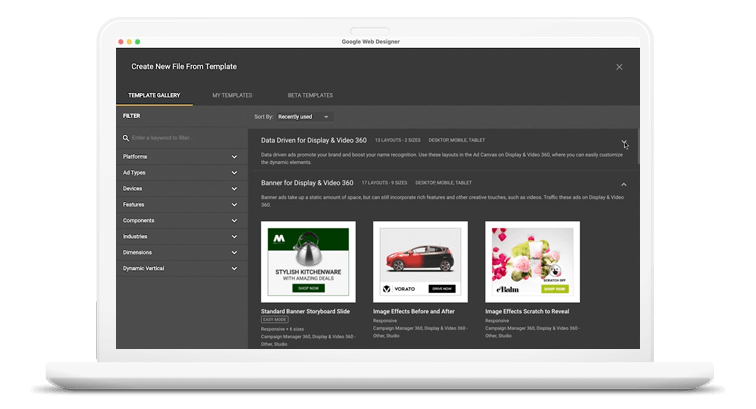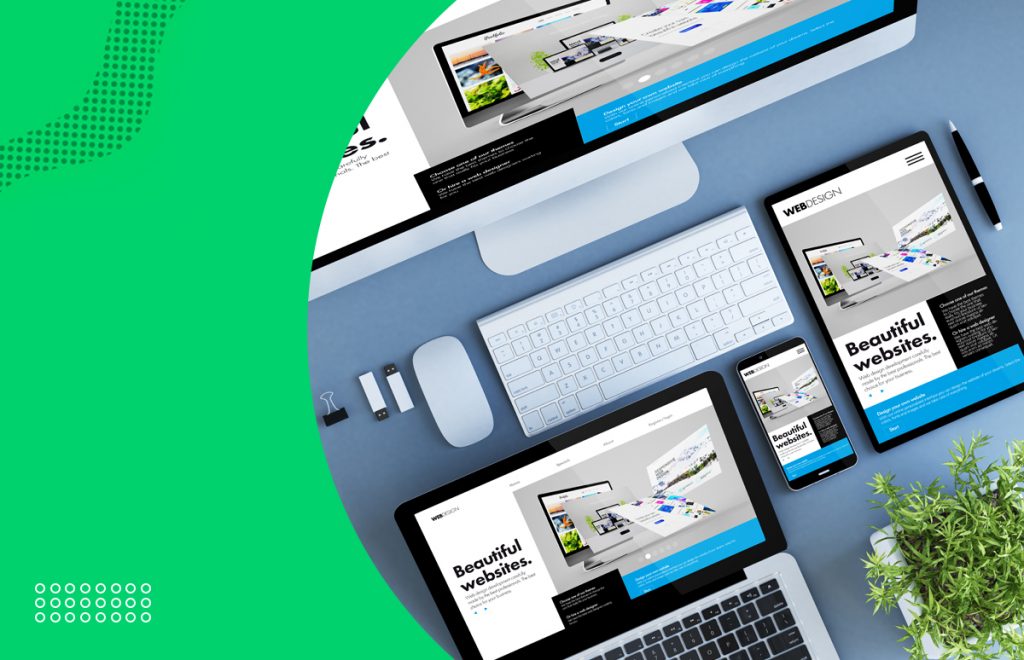Website Design Best Practices for Faster Load Times and Improved User Experience
Website Design Best Practices for Faster Load Times and Improved User Experience
Blog Article
Modern Website Layout That Catches Attention and Transforms
In a progressively electronic landscape, modern website layout has actually become a critical factor in catching user focus and driving conversions. By tactically employing aesthetic power structure, responsive layouts, and involving interactive elements, designers can develop experiences that not only bring in visitors yet likewise facilitate purposeful interactions. Furthermore, reliable call-to-action methods play an important role in guiding individuals toward preferred end results. As we discover these vital parts, it comes to be clear that understanding their interaction can substantially affect an internet site's performance and individual satisfaction. What are the vital components that really make a distinction?
Value of Visual Power Structure
Visual power structure is an essential element in website design, as it guides users' attention and boosts their total experience. By strategically organizing web content, developers can guide users to the most crucial info first, thereby increasing interaction and enhancing functionality. Effective aesthetic hierarchy utilizes various strategies, consisting of size, shade, spacing, and contrast. Larger components naturally draw the eye, while contrasting colors can emphasize vital messages, making them attract attention among even more suppressed elements.
Including a rational flow in web content arrangement is necessary; for circumstances, placing one of the most essential info on top of a web page fosters prompt acknowledgment. Consistent usage of typography, such as differing font dimensions and styles, assists develop a clear content structure. This organization not only help in navigating but likewise develops count on, as customers really feel much more comfy when they can easily locate what they are searching for.
Inevitably, a well-executed aesthetic power structure not only boosts visual charm yet also dramatically influences customer behavior. By focusing on vital aspects and making certain a smooth experience, developers can efficiently transform visitors into customers, strengthening the significance of this fundamental layout concept in modern-day internet site growth.
Responsive Layout for All Instruments
Developing a seamless experience throughout different gadgets is necessary in today's electronic landscape, where customers accessibility internet sites from smart devices, tablets, and desktops alike. Receptive style is a crucial strategy that makes certain sites adapt fluidly to various screen dimensions, positionings, and resolutions. By using flexible grids, images, and CSS media questions, designers can develop layouts that keep visual stability and capability, no matter the device being used.
The relevance of receptive layout expands beyond looks; it directly affects customer interaction and conversion prices. A site that operates well on all devices urges longer check outs and reduces bounce prices, as users are much more most likely to communicate with web content that is easy to navigate. Search engines, especially Google, prioritize mobile-friendly sites in their rankings, making responsive style an essential element of search engine optimization (SEO)
Incorporating responsive style not only boosts individual experience however additionally improves the advancement procedure. By developing a solitary site that works across tools, businesses can save time and resources compared to creating different mobile and desktop variations. Inevitably, responsive layout is a basic strategy for modern website style, making certain ease of access and contentment for all customers, regardless of their gadget.
Engaging Interactive Aspects
While a responsive layout lays the groundwork for a useful website, incorporating engaging interactive aspects is essential for catching user attention and fostering deeper connections. Website Design. Interactive elements, such as computer animations, tests, and clickable infographics, produce a much more dynamic user experience, encouraging site visitors to spend more time on the site
Including interactive attributes can also direct users through facility info, making it simpler to digest content. For instance, interactive sliders can illustrate item variations, article while ingrained videos can offer demos or testimonials that reverberate greater than static images or message. Furthermore, gamification strategies, like incentives for completing tasks or involving with web content, can improve user inspiration and retention.
Effective use of interactive elements not just enriches the customer experience but can also bring about higher conversion prices. By making interactions informative and satisfying, organizations can grow a feeling of loyalty and depend on with their target market. It is essential to stabilize interactivity with efficiency; excessively complex functions might impede website speed, adversely impacting individual contentment. Ultimately, incorporating well-designed interactive components can significantly boost a web site's effectiveness, driving interaction and conversions in today's competitive electronic landscape.
Streamlined Navigation Practices
Reliable navigation is a foundation of any effective website, as it straight influences user experience and content availability. Streamlined navigation techniques ensure that individuals can easily find information, boosting their communication with the site. A well-structured navigating food selection need to be straightforward and intuitive, generally featuring a limited variety of key categories to avoid overwhelming visitors.
To attain streamlined navigation, developers need to prioritize a hierarchical framework that realistically organizes content. Carrying out breadcrumb tracks can give users with context regarding their current area within the website, allowing for smooth backtracking. In addition, using drop-down menus can properly save area while still supplying access to subcategories.
Responsive layout is critical, as navigation should be functional across all tools (Website Design). Mobile individuals, in specific, gain from touch-friendly menus and retractable sections that preserve usability without compromising aesthetic appeals

Efficient Call-to-Action Approaches
A well-crafted call-to-action (CTA) is important for leading customers toward desired results on an internet site, as it urges them to involve with content or make an acquisition. To maximize their performance, CTAs must be clear, compelling, and purposefully placed throughout the website.
First, make use of action-oriented language that communicates necessity or worth, such as "Get Begun," "Join Currently," or "Insurance claim Your Discount." This language not only encourages individuals yet additionally sets clear assumptions regarding the following actions.
2nd, think about layout aspects; CTAs ought to stand apart aesthetically with contrasting shades, ample whitespace, and famous positioning. A switch that is easy to see and click rises the possibility of customer click resources communication.
Furthermore, personalizing CTAs based upon customer habits or demographics can significantly enhance interaction. Tailored messages resonate much more with individuals, driving higher conversion rates.

Final Thought
In verdict, modern website layout emphasizes the integration of visual power structure, receptive formats, engaging interactive elements, streamlined navigation, and efficient call-to-action approaches. These parts collectively enhance individual experience, ensuring that visitors remain engaged and inspired to check out material my latest blog post better. By focusing on these design principles, companies can dramatically improve user retention and conversion rates, eventually causing higher success in the electronic landscape. The constant development of website design underscores its vital duty in reliable on-line interaction and advertising and marketing.
In a significantly digital landscape, modern website layout has arised as a critical factor in recording individual interest and driving conversions.Visual hierarchy is a vital element in internet site style, as it guides users' focus and improves their overall experience.The value of responsive design expands beyond aesthetic appeals; it directly affects user engagement and conversion prices.Incorporating receptive design not only enhances individual experience but likewise improves the growth process. Ultimately, receptive layout is an essential approach for contemporary internet site design, ensuring accessibility and fulfillment for all individuals, regardless of their tool.
Report this page